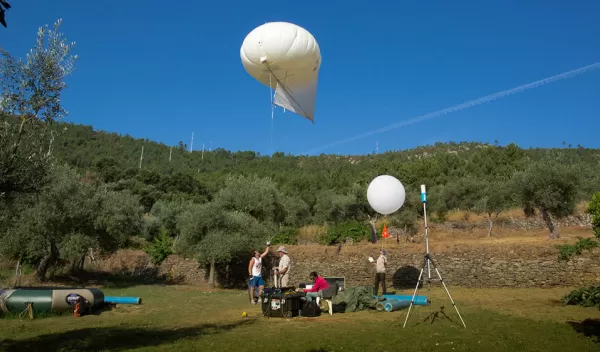
Improving wind power for energy production
Scientists have released the first of several reports with findings that could help officials manage wind power facilities more efficiently and increase renewable energy production.
Results from the project, named Perdigão, which included a field experiment in Vale do Cobrão, a valley in eastern Portugal, show that the speed and direction of wind over complex terrain at the height of wind turbine hubs differ significantly from standard weather forecasts, according to a report published in the Bulletin of the American Meteorological Society.
The forecasts, which wind turbine operators rely on to bring facilities online and supply wind power to the grid, are only 40 to 50 % accurate compared to annual energy production.
"A major focus of Perdigão project is to improve forecasting and planning for wind turbine facilities, both in terms of turbine siting and operations," said scientist Harindra Joseph Fernando of the University of Notre Dame, lead U.S. principal investigator of the study.
To be useful, wind power forecasts need to be made at least six hours in advance so electric grid operators can balance loads effectively. Perdigão aims to improve such forecasts by improving so-called microscale models. These models capture the details of flow surrounding a wind turbine with fine accuracy, providing wind information at points separated by 100 meters or so horizontally (compared to tens of kilometers in weather prediction models).
"The data from Perdigão will be used by researchers for decades, and will improve forecasts of local wind conditions that impact wind energy, firefighting, air pollution and warfare applications," said Nick Anderson, program director in NSF's Division of Atmospheric and Geospace Sciences, which funded the research.
